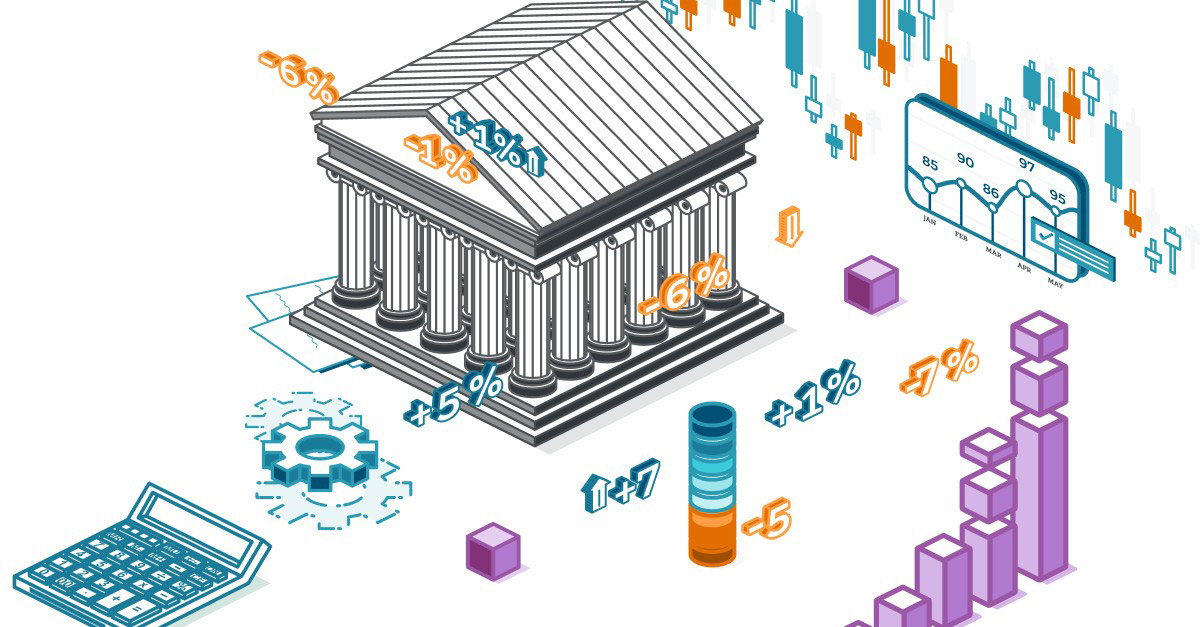
Key takeaways
- The back-to-school shopping season kicked off early this year in July, ahead of the traditional end-of-summer rush.
- Shoppers are keen to stretch their dollar, and retailers are spotlighting the quality and value of their product offerings in response.
- Despite consumers’ cautious approach to spending, their finances are largely in good shape, with U.S. households having accrued more than $50 trillion in net wealth since 2019.
In this inflationary environment, how are American families shopping for supplies for the new school year? Are retail sales holding up, or are consumers cutting back on spending? Explore key back-to-school shopping trends and what they tell us about the state of the consumer.
Back-to-school shopping started earlier than ever
The back-to-school shopping season kicked off early this year, with consumers spreading out their expenses over a longer timeframe. According to a recent survey by the National Retail Federation (NRF), 67% of back-to-school shoppers had already begun purchasing school supplies in early July — way ahead of the traditional end-of-summer rush.
Retailers have observed a corresponding boost in sales volumes. On a recent earnings call, Birkenstock noted “exceptional” sales velocity through July and the first half of August, attributing the trend to back-to-school shopping. At Ross Dress For Less, sales softened in June before rebounding “sharply” in July, with improved performance sustained through August. In the same vein, Burlington saw “especially strong” back-to-school shopping trends in July.
“Gap also experienced a sharp acceleration in July on our estimates, coinciding with the fall product drop and the back-to-school assortment flowing through to stores,” said Matthew Boss, head of Retailing — Department Stores, Specialty Softlines and Leisure at J.P. Morgan.
Overall, Chase credit and debit card transaction data shows that spending for apparel and footwear grew by 9.5% in July, up from 3.5% in May/June and marking the strongest monthly growth rate for the category since December 20241.
Quality and value are top of mind
Consumers’ desire to maximize their dollar is driving early back-to-school shopping. According to the NRF survey, 51% of families are shopping earlier this year out of concern that prices will rise due to tariffs.
To win over discerning consumers, retailers are spotlighting the quality and value of their product offerings through strategic marketing and merchandising. “For instance, our work points to continued consistency in same-store sales growth at Gap and Old Navy into the second quarter of 2025, supported by new customer acquisition across demographics following improved brand storytelling and value propositions,” Boss said. In particular, Gap’s “Better in Denim” fall campaign featuring popular girl group Katseye recently went viral, garnering over 400 million views on TikTok.
A similar focus has enabled Hollister to grow its wallet share. Boss noted that the brand has enjoyed sustained demand into the second quarter following recent investments in digital marketing, which has helped keep its products top of mind among its core teen demographic.
Consumer finances are still healthy
Despite consumers’ cautious approach to spending, their finances are largely in good shape. U.S. households have added more than $50 trillion to their balance sheets since 2019, which represents a tremendous amount of wealth creation. Checking account balances totaled $5.4 trillion in the first quarter of 2025, surpassing pre-COVID highs, while wages are around 27% higher versus 2019.
Looking ahead, consumers’ disposable income could receive a further boost, which could spell good news for retailers. “Our wallet analysis points to a consumer spending uplift of around $71 billion year over year through 2026, driven by a mix of proposed tax policy changes and benefit shifts by the Trump administration,” Boss said. This includes a provision for excluding tips from taxable income and an expansion of the child tax credit.
However, these gains will likely be distributed unevenly among households. “By income cohort, we see the greatest net benefit accruing to middle-income households in 2026 at $54 billion, followed by high-income households at $18 billion,” Boss said. Instead of seeing any benefits, low-income households face headwinds of $230 million year over year largely due to cuts to the federal food stamp program.
“Putting the pieces together, we see the current macro landscape conducive to the execution of fundamentals, with selective consumer behavior based on product improvement and value perception,” Boss said. “This will separate winners versus losers across retail, in our view.”
Related insights
-

Global Research
US tariffs: What’s the impact on global trade and the economy?
December 05, 2025
J.P. Morgan Global Research brings you the latest updates and analysis of President Trump’s tariff proposals and their economic impact.
-

Global Research
Global inflation forecast: Will prices come down in 2024?
February 09, 2024
Inflation is easing, but will central banks achieve their targets in 2024? J.P. Morgan’s economists share their projections.
-

Global Research
Global Research
Leveraging cutting-edge technology and innovative tools to bring clients industry-leading analysis and investment advice.
This communication is provided for information purposes only. Please read J.P. Morgan research reports related to its contents for more information, including important disclosures. JPMorgan Chase & Co. or its affiliates and/or subsidiaries (collectively, J.P. Morgan) normally make a market and trade as principal in securities, other financial products and other asset classes that may be discussed in this communication.
This communication has been prepared based upon information, including market prices, data and other information, from sources believed to be reliable, but J.P. Morgan does not warrant its completeness or accuracy except with respect to any disclosures relative to J.P. Morgan and/or its affiliates and an analyst's involvement with any company (or security, other financial product or other asset class) that may be the subject of this communication. Any opinions and estimates constitute our judgment as of the date of this material and are subject to change without notice. Past performance is not indicative of future results. This communication is not intended as an offer or solicitation for the purchase or sale of any financial instrument. J.P. Morgan Research does not provide individually tailored investment advice. Any opinions and recommendations herein do not take into account individual client circumstances, objectives, or needs and are not intended as recommendations of particular securities, financial instruments or strategies to particular clients. You must make your own independent decisions regarding any securities, financial instruments or strategies mentioned or related to the information herein. Periodic updates may be provided on companies, issuers or industries based on specific developments or announcements, market conditions or any other publicly available information. However, J.P. Morgan may be restricted from updating information contained in this communication for regulatory or other reasons. Clients should contact analysts and execute transactions through a J.P. Morgan subsidiary or affiliate in their home jurisdiction unless governing law permits otherwise.
This communication may not be redistributed or retransmitted, in whole or in part, or in any form or manner, without the express written consent of J.P. Morgan. Any unauthorized use or disclosure is prohibited. Receipt and review of this information constitutes your agreement not to redistribute or retransmit the contents and information contained in this communication without first obtaining express permission from an authorized officer of J.P. Morgan.